The Bass Family
Bass Family
Select page to view:
 |
|

William Bass, born in 1717, was the second son of three sons of William Bass who ran a moderately successful plumbing and glaziery business and small-holding in Hinkley.
William’s father died when he was just fifteen. The eldest son, John, succeeded his father as plumber and glazier, leaving William to look after the running of the small-holding. Eventually, John and William established a carrier business and by 1754, they were operating a bi-directional service between Manchester and London but the following year, William gained complete control over the carrying business with his brother preferring to concentrate on the original established business so that he could remain in Hinckley.
In 1756, William married Mary Gibbons, the daughter of a London publican close who ran the ‘Red Lion’ close to the London depot. They chose to make their home in Burton upon Trent because it was mid-way en route from Manchester and London, was a growing industrial and commercial centre, and was positioned on the new, under construction Trunk canal.
From Burton, he carried felt hats, which had a strong manufacturing presence in Burton, together with spades, axes, screws and hardware predominantly for Thomas Thornewill’s works in New Street but also for other Burton manufacturers such as Richard Green. Increasingly, he was also shipping casks of beer from Burton’s steadily growing brewery trade for the likes of Charles Leeson, William Musgrave, Samuel Sketchley, Joseph Clay, Thomas Lovatt and Henry Evans.
Living in a modest house in Wetmore, William’s first of two sons, Michael Thomas was born in 1759. As a well established carrier proprietor, in 1765, William Bass was able to lease a large new house in High Street.
He entered brewing relatively late in life, aged 60, by selling his transportation business to the Pickford family and using the funds to purchase a Town House in High Street, with a brewery and malthouse on adjoining land, seeing brewing as providing a better future business for his two sons.
The Bass Brewery catered mainly for the domestic market, but in 1784 he started to export ale directly to the Baltic (Russia) via Hull. After his death, he was succeeded in the business by his sons William and Michael and in 1795 Michael took sole control.

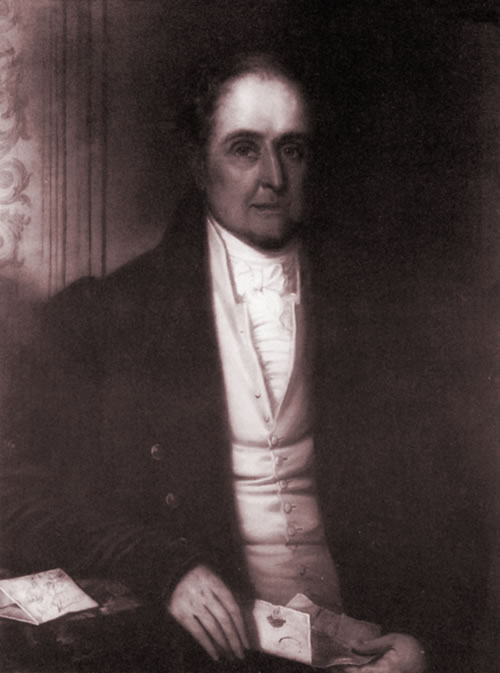 After his father’s death in 1787, Michael ran the brewery with his brother William until he took sole control in 1795. He continued to develop the Baltic trade with Russia and North Germany, exporting via the River Trent and Hull.
After his father’s death in 1787, Michael ran the brewery with his brother William until he took sole control in 1795. He continued to develop the Baltic trade with Russia and North Germany, exporting via the River Trent and Hull.
He extended the brewery’s operations, laying the foundations for its future success. He entered into partnership with John Ratcliff and in 1799 he built a second brewery at Burton. Following the Napoleonic blockade, Burton brewers needed another market, and Bass was one of the breweries to start brewing and exporting India Pale Ale.
Bass married Sarah Hoskins, the daughter of Abraham Hoskins of Burton and Newton Solney. Sarah’s brother, Abraham, built Bladon Castle, a folly which aroused bad feeling locally. Sarah’s great grandfather George Hayne was responsible for establishing the Trent Navigation as an active concern.
On Bass’s death in 1827, his eldest son, Michael Thomas Bass, Jr., born in 1799, succeeded to the brewery.

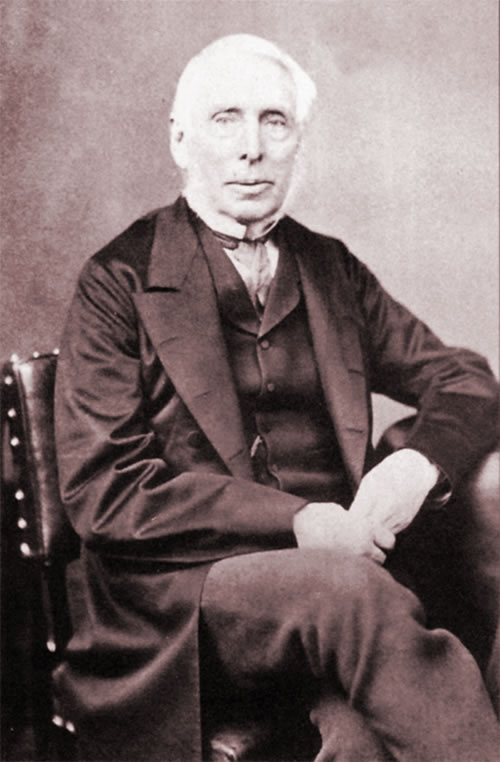 Bass was born in Burton upon Trent in 1799, the son of Michael Thomas Bass (senior) who had expanded the Bass brewery founded by his father William Bass in 1777 and made it a major exporter to Russia. His mother, Sarah Hoskins, was the daughter of Abraham Hoskins, a prominent lawyer of Burton.
Bass was born in Burton upon Trent in 1799, the son of Michael Thomas Bass (senior) who had expanded the Bass brewery founded by his father William Bass in 1777 and made it a major exporter to Russia. His mother, Sarah Hoskins, was the daughter of Abraham Hoskins, a prominent lawyer of Burton.
Bass attended the grammar school in Burton upon Trent and finished his schooling in Nottingham. At the age of 18, he joined the family business as an apprentice when business was not going well because the Napoleonic Wars had disrupted trade with Russia. However, the sales of India Pale Ale in India and southeast Asia were taking off by the 1820s.
Bass took over control of the company in 1827 and continued the export focus on Asia. By 1832-33, the company was exporting 5,000 barrels of beer representing 40% of its output in that year
The coming of the railway to Burton upon Trent in 1839 helped the growth of the business by reducing transport costs. The company had four agents in the 1830s in London, Liverpool, Stoke-on-Trent and Birmingham. By the 1880s, this had grown to 21 in the United Kingdom and another in Paris. The export trade was supplied by the agencies in London and Liverpool.
Under Bass’s leadership, company production and sales had grown enormously. Production of ale had grown to 340,000 barrels in 1860 and to almost a million barrels in the late 1870s. By 1881, the company had three breweries and 26 malthouses covering 145 acres (0.59 km2) in Burton upon Trent. The company was Britain’s biggest brewery and was one of its best known companies.
Bass was first elected as the member for Derby in 1848 and served until 1883. His obituary in the Brewers Journal stated that he was known more “in the House of Commons for his regular attendance than for any feats of oratory.” He focussed on being a national advocate for the brewing industry against efforts by nonconformists within the Liberal Party to legislate against alcohol.
Bass was an orthodox Liberal supporting free trade, low taxes and improving living standards for the working class. He promoted legislation to abolish imprisonment for small debtors. His legislation against organ grinders on the grounds that they were street nuisances was less successful.
He was known as a philanthropist both in Burton upon Trent and Derby. His obituarists claimed that his contributions totalled £80,000 and that he had given Derby a new library, School of Art, recreation ground, and swimming baths.
Bass represented Derby until the final years of his life. William Ewart Gladstone offered Bass a peerage which he declined preferring to stay in the House of Commons.
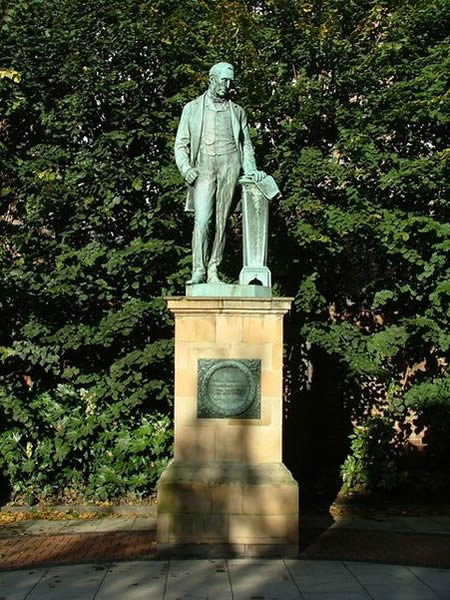

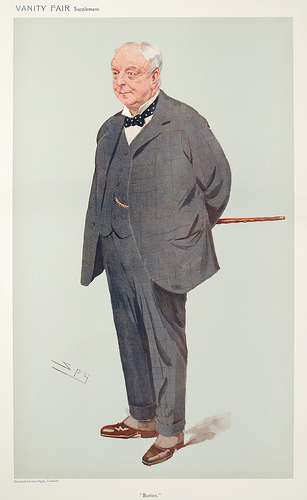 In brief: Michael Arthur Bass, 1st Baron Burton KCVO was born in Burton upon Trent in 1837. He was a Brewer, Liberal Party politician and philanthropist and became Sir Michael Bass, 1st Baronet in 1882, but was always best known as simply, Lord Burton.
In brief: Michael Arthur Bass, 1st Baron Burton KCVO was born in Burton upon Trent in 1837. He was a Brewer, Liberal Party politician and philanthropist and became Sir Michael Bass, 1st Baronet in 1882, but was always best known as simply, Lord Burton.
Bass was the elder son of Michael Thomas Bass and the great-grandson of William Bass who moved to Burton upon Trent from London in 1777 to found the brewery firm of Bass & Company.
His mother was Eliza Jane, daughter of Samuel Arden. Bass was educated at Burton Grammar School, Harrow and Trinity College, Cambridge. He was a Director of the family firm of Bass, Ratcliff, Gretton and Co from 1863, and Chairman of the Directors upon his father’s death in 1884. He also sat as a Member of Parliament for Stafford from 1865 to 1868, for East Staffordshire from 1868 to 1885 and for Burton from 1885 to 1886. As a brewer, it was uncomfortable to be a Liberal MP as there was a strong temperance element to the Liberal party at the time.
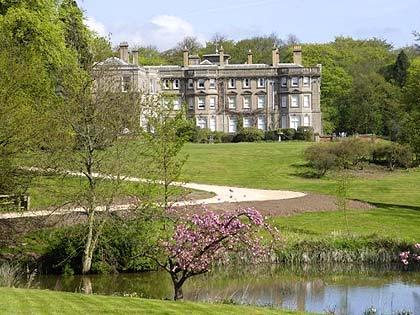
In 1882 he was created a Baronet, of Stafford in the County of Stafford, chiefly in honour of his father who was then still alive and who had declined every honour offered to him. Four years later, in 1886, he was raised to the peerage as Baron Burton, of Rangemore and of Burton-on-Trent in the County of Stafford, with remainder to heirs male. In 1897 he was created Baron Burton, of Burton-on-Trent and of Rangemore in the County of Stafford, with remainder, in default of male issue, to his daughter and her male issue. In 1904 he was further honoured when he was made a Knight Commander of the Royal Victorian Order.
Lord Burton married Harriett Georgina, daughter of Edward Thornewill, in 1869. He died in February 1909, aged 71. He was succeeded in the baronetcy according to the special remainder by his nephew William while the barony of 1886 became extinct. The peerage of 1897 passed according to the special remainder to his daughter Nellie Lisa. Lady Burton died in 1931.
King Edward VII visited Rangemore, the town and Bass Brewery in February 1902 and stayed with Lord Burton at the family home, Rangemore Hall.
Like his father, Michael Arthur Bass was a generous benefactor to Burton, making many fine contributions to the town, including the Ferry Bridge and, a few years later, the causeway, St. Chad’s church and St Paul’s Institute and Liberal Club, which was later to become Burton Town Hall
A bronze statue of Lord Burton, sculpted by F. W. Pomeroy, was erected in front of the Burton Town Hall in 1911.
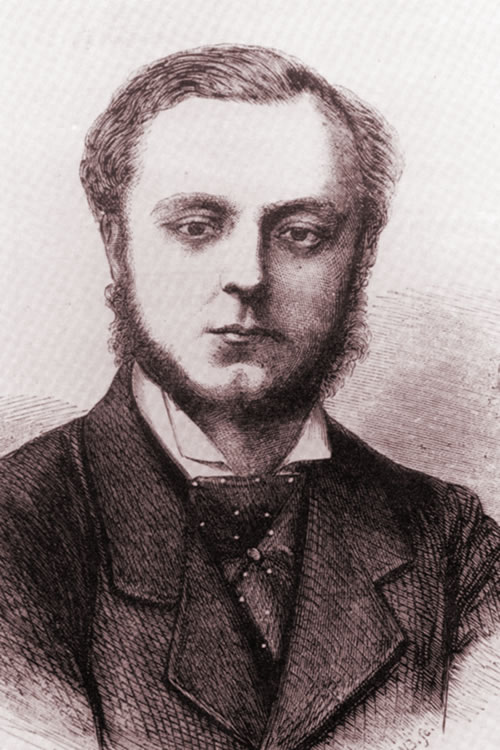
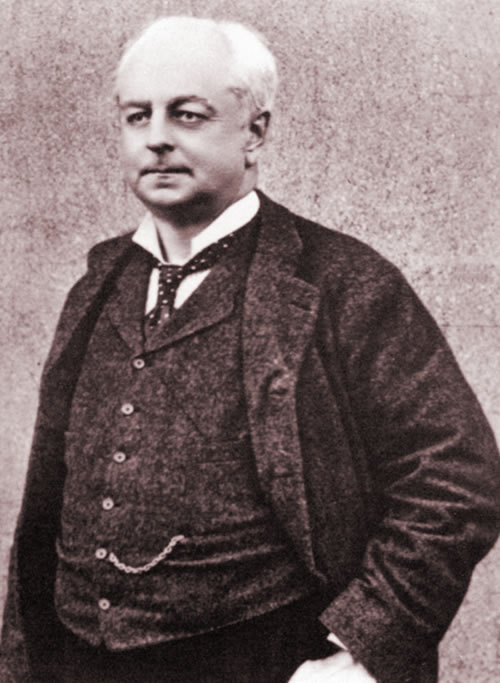

Hamar Bass was the second son of Michael Thomas Bass and his wife Eliza Jane Arden. He was brother of Lord Burton and also a Director of the family firm of Bass, Ratcliff, Gretton and Co. One sister Emily married Sir William Plowden, MP for Wolverhampton West, and the other married Sir George Chetwode being the mother of Field Marshall Philip Chetwode.
Hamar Bass was MP for Tamworth from 1878 to 1885. He was then MP for West Staffordshire from 1885 until his death aged 56 in 1898 from a complex form of rheumatism.
Hamar Bass married Louisa Bagot (1853-1942), daughter of William Bagot, 3rd Baron Bagot, in 1879. They lived at Byrkley Lodge and Needwood House, Burton, and also at 145 Piccadilly, London. Louisa subsequently married Rev Bernard Shaw. He was a breeder at the Byrkley Stud and his horse “Love Wisely” won the Ascot Gold Cup in 1896. He was also for 12 years master of the Meynell Hunt.
His son William succeeded in his uncle’s baronetcy of Stafford according to special remainder. Hamar Bass’s daughter Sibell Lucia married Major Berkeley John Talbot Levett, Scots Guard, son of Theophilus Levett of Wychnor Park, Staffordshire. Berkeley Levett served as one of the Gentlemen Ushers to the Royal Family from 1919 to 1937.


One of the roles of this website is to capture some of Burton’s history as it has survived into the twenty-first century, and to raise the awareness of the history that lies behind it.
Whilst I am keen to record things as they are, graphic tools allow lamp-posts, bus stops, street signs, telephone wires, TV aerials, satellite dishes and other modern items to be removed such that the buildings can be enjoyed in their true glory.
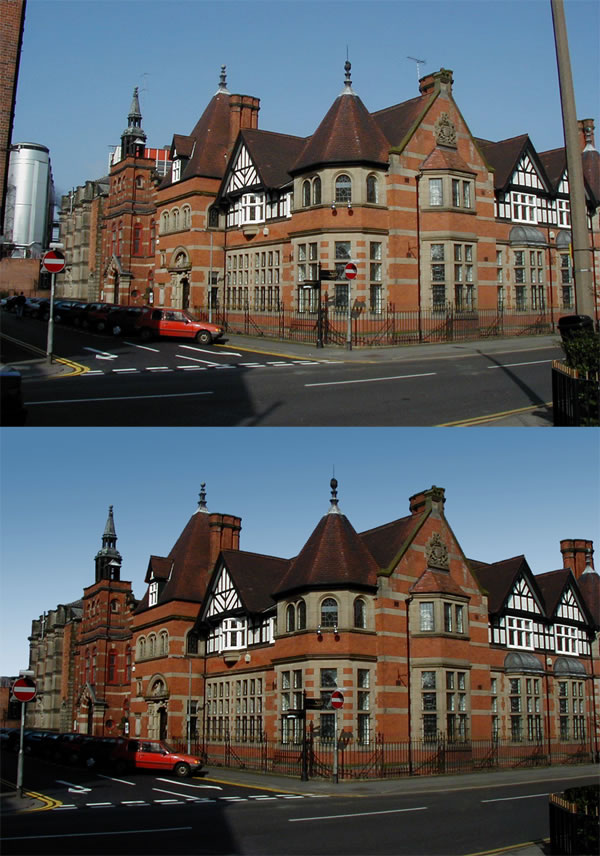
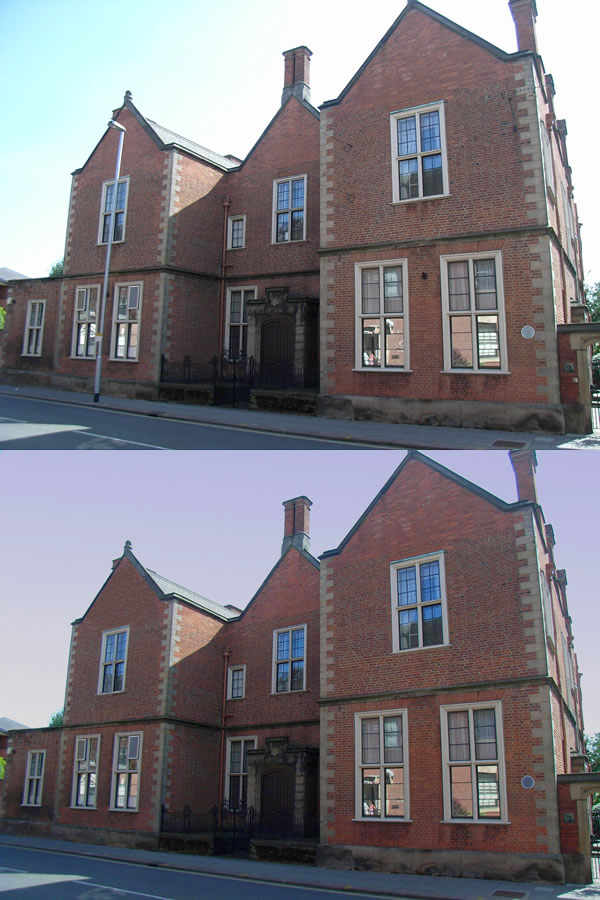

One of the pleasures of preparing this website is rescuing photographs, images, documents etc., before they disappear such that they can be permanently recorded due to the amazing capabilities of modern image editing software. In many cases, the restore is actually much better than the original would have been.
This example shows a 1903 photograph which was used as the source of a postcard at the time. Though the picture tells a story, it was clearly taken using fairly primitive equipment but it can be fully brought back to life.

Below is one of the last available photographs of the Old Trent Bridge which was closed in 1846 after the ‘new’ one was built parallel to it.
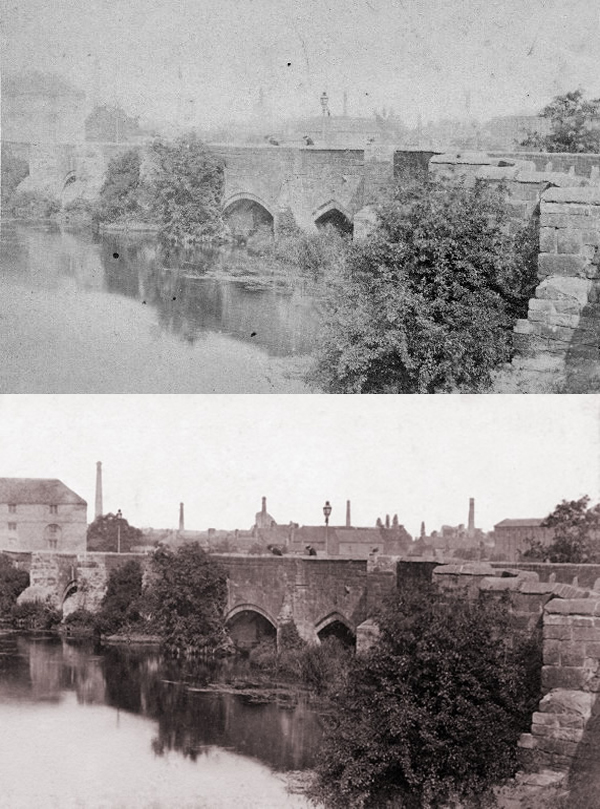
This below example shows Burton’s first Railway Station which was demolished in 1883 after a replacement station had been built further down the line.
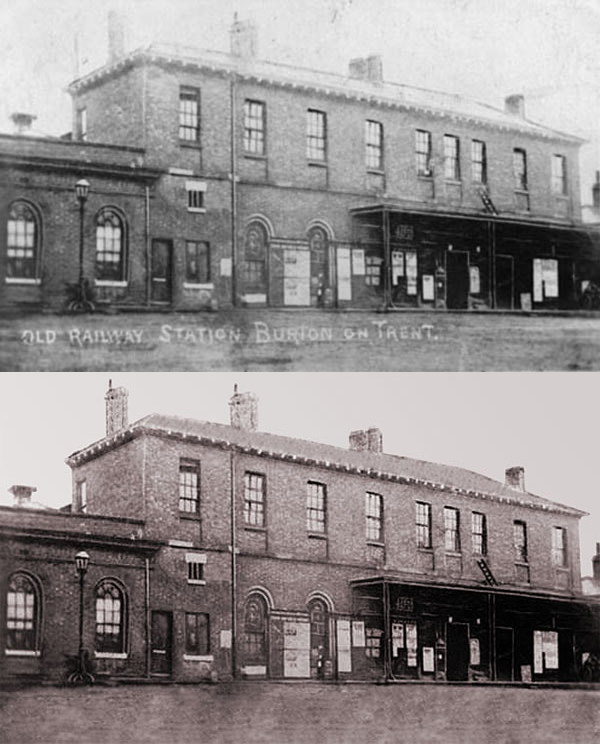
So – if you have any images of Burton upon Trent that would be of interest, don’t be put off by their condition.

Many books have been invaluable in providing background information for this website.
| Title | Author | Format |
| A Burtonian’s diary | Alf Moss | A5 Paperback |
| A History of Bass, Ratcliff & Gretton | Colin Owen | A5 Hardback |
| A Penny Fee | David Felthan | A5 Booklet |
| A Visit to Bass Brewery | Bass Museum | A5 Paperback |
| An Illustrated History of Burton upon Trent to the 18th Century |
Denis Stuart | A4 Paperback |
| Around Burton upon Trent in old photographs I |
Geoffrey Sowerby & Richard Farman | A5 Paperback |
| Around Burton upon Trent in old photographs II |
Geoffrey Sowerby & Richard Farman | A5 Paperback |
| Bass Railway Trips | Rod Pearson | A4 Paperback |
| Bass, Ratcliff & Gretton Excursion to Liverpool & New Brighton |
Bass Museum | A5 Paperback |
| Bretby and the Earls of Chesterfield | Howard Usher | A5 Booklet |
| Burton and Ashby Light Railways 1906-1927 |
Mark Brown | A5 Booklet |
| Burton Mail Remembers 2003 | Burton Mail | A4 Paperback |
| Burton Mail Remembers 2004 | Burton Mail | A4 Paperback |
| Burton Mail Remembers 2005 | Burton Mail | A4 Paperback |
| Burton Mail Remembers 2007 | Burton Mail | A4 Paperback |
| Burton Mail Remembers 2008 | Burton Mail | A4 Paperback |
| Burton Mail Remembers 2009 | Burton Mail | A4 Paperback |
| Burton upon Trent | Glenys Cooper | A5 Paperback |
| Burton upon Trent – A history | Richard Stone | A5 Hardback |
| Burton upon Trent – The years of change | Denis Stuart | A5 Booklet |
| Burton upon Trent illustrated history | Colin Owen | A5 Hardback |
| Burton upon Trent on old postcards | Geoffrey Sowerby & Richard Farman | A5 Paperback |
| Burton upon Trent street plan | Geographia | Folded map |
| Burton-on-Trent on old postcards | Mark Brown | A5 Booklet |
| Bygone Burton upon Trent on postcards and photographs |
Terry Garner | A4 Hardback |
| County Borough History of Burton upon Trent Part 1: Edwardian |
Denis Stuart | A5 Hardback |
| County Borough History of Burton upon Trent Part 2: 1914-74 |
Denis Stuart | A5 Hardback |
| Deus Nobiscum | Gertrude Radford | A5 Hardback |
| Directional Pointer Guide to Burton upon Trent |
Burton upon Trent Council | Folded map |
| Early history of Burton upon Trent | H.J. Wain | A4 Booklet |
| Going for a Burton | Mark Rowe | A5 Paperback |
| Gone for a Burton | Mark Rowe | A5 Paperback |
| History of a provincial hospital, Burton upon Trent |
Robert Bewick | A5 Hardback |
| History of Burton upon Trent | Charles Haywood Underhill | A5 Hardback |
| Looking Back | Geoffrey Sowerby & Richard Farman | A5 Paperback |
| Memory Lane Burton and South Derbyshire | David Stacey | A4 Hardback |
| Moats, Boats, and other notes… | Richard Stone | A5 Paperback |
| More old postcards of Burton upon Trent | Geoffrey Sowerby & Richard Farman | A5 Paperback |
| Needwood Forest to the Weaver Hills | Geoffrey Sowerby & Richard Farman | A5 Paperback |
| Old Ordinance Survey map – Burton on Trent 1900 |
Godfrey | Folded map |
| Recollections | Geoffrey Sowerby & Richard Farman | A5 Paperback |
| Rich Pickings around Burton | Richard Stone | A5 Paperback |
| Schooldays in Staffordshire on old postcards |
Roy Lewis | A5 Booklet |
| Sixpenny Switchback | P.M. White & J.W. Storer | A4 Book |
| St Modwen’ Church | Dr Robin Trotter | A5 Booklet |
| St Peters Church, Stapenhill Centenary Souvenir |
St Peters Church | A5 Booklet |
| St Peters Church, Stapenhill Centenary Souvenir |
St Peters Church | A5 Booklet |
| Staunton Harold | John Fox | A5 Paperback |
| Tales of the town | Geoffrey Sowerby & Richard Farman | A5 Paperback |
| The Development of Industry, Burton upon Trent |
Colin Owen | A5 Hardback |
| Trams and Buses in Burton | Keith West, Davis and Linda Stanier | A4 Paperback |
| We all and each of us – History of Burton Fire Brigade | Robert Cox | A4 Paperback |
